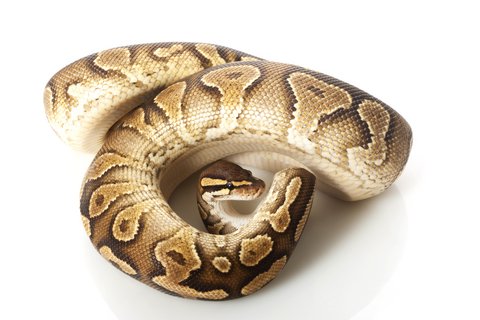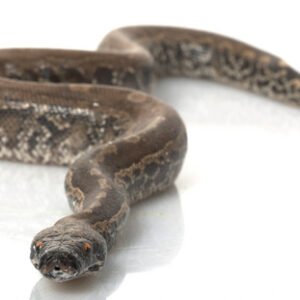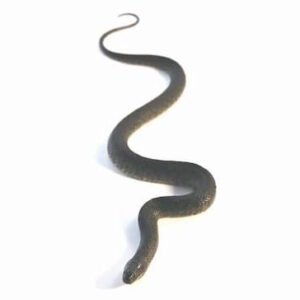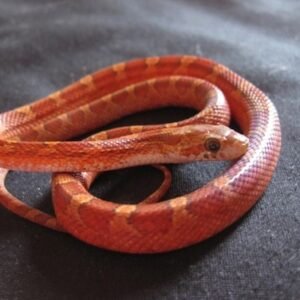Understanding the Yellow Belly Morph
The yellow belly ball python morph is a fascinating variation within the larger ball python species, scientifically known as Python regius. This morph is distinguished from standard ball pythons by its unique coloration and distinctive patterning. The genetic mutation responsible for the yellow belly morph primarily affects the pigmentation and results in a vibrant yellow hue across the snake’s dorsal side, complemented by a striking belly pattern that contributes to its overall allure.
The origins of the yellow belly mutation can be traced back to captive breeding in the late 1990s. It quickly gained prominence within the ball python community due to its visually appealing characteristics, leading to an increase in its desirability among reptile enthusiasts and breeders alike. Over the years, selective breeding practices have allowed breeders to enhance and refine the traits associated with the yellow belly morph, resulting in various combinations and patterns that are highly sought after.
Visually, yellow belly ball pythons are characterized by their bright yellow coloration, which can range from a pale hue to a deep gold. This coloration is often complemented by a pattern that includes dark brown or black markings, creating a stunning contrast. One of the most defining features of the yellow belly morph is its unique belly pattern, which can exhibit a distinct, lighter coloration compared to the rest of its body. This variation in belly patterns is one of the key traits that differentiates yellow belly ball pythons from other morphs, adding to their appeal among reptile collectors.
Additionally, the variations in coloration and patterns among individual yellow belly ball pythons are a testament to the success of selective breeding. Each snake can possess its own unique traits, making them not only a desirable specimen but also a fascinating addition to any reptile collection.
Caring for Your Yellow Belly Ball Python
Caring for a yellow belly ball python involves understanding their unique habitat requirements, dietary preferences, and general well-being to ensure a healthy life for this captivating morph. The first step in establishing an appropriate environment for your snake is to create a suitable habitat. An adequately sized enclosure, typically a glass or plastic terrarium, should provide enough space for both movement and hiding, as ball pythons prefer security. A 40-gallon tank is often recommended for adult specimens, with both terrestrial and climbing spaces available.
The temperature within the habitat is critical for your yellow belly ball python’s health. They generally thrive with a temperature gradient of 75-80°F on the cooler side and 88-92°F on the basking side. Utilizing heat pads or ceramic heat emitters can help maintain these temperatures. Additionally, humidity levels should be monitored, aiming for a range of 50-60% relative humidity, with increases prior to shedding periods. Regular misting and the use of water bowls can assist in achieving this humid environment.
When it comes to feeding, yellow belly ball pythons primarily consume prey items such as appropriately sized rodents. Younger snakes may need to be fed every five to seven days, while adults can typically eat every ten to fourteen days. It is crucial to ensure prey size corresponds to the width of the snake’s body to prevent choking or other health issues.
Handling and socialization also play vital roles in their care. Gentle, regular handling can help your yellow belly ball python become more accustomed to human interaction, thus promoting a calm demeanor. Observing their behavior for signs of stress or illness is essential. Common health issues include respiratory infections and parasitic infestations. Proper hygiene, adequate hydration, and routine veterinary check-ups can contribute significantly to their lifespan and overall health.





